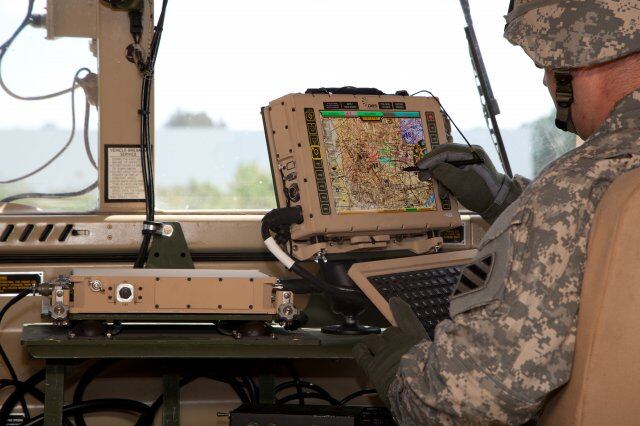So-called near-peer and peer adversaries in full-spectrum conflicts have the potential to overwhelm and confuse U.S. military forces, which have not squared off against such threats in decades. As such, the force is moving to address these concerns and better posture itself to fight against more advanced adversaries.
Such adversaries will test "our advantages by operating in domains that are more complex," Steffanie Easter, acting assistant secretary of Army acquisition, logistics and lechnology, said March 13 during the AUSA Global Force Symposium in Huntsville, Alabama.
Given this reality, there is a sense of urgency to pursue solutions that get at the so-called multi-domain battle problem. Some of the capabilities the acquisition community is focusing on to help prepare them for this include:
- The cyber multi-functioning electronic warfare area: here they will provide commanders with an organic electronic warfare capability that dramatically improves their ability to seize and retain an advantage in the electromagnetic spectrum, Easter said. This will also provide them a competitive advantage by degrading and modifying the enemy’s ability to command and control, Easter added.
- Position, Navigation and Timing: this focus area will provide services unfettered access when space based GPS are limited or denied.
- Counter-unmanned aerial systems.
With the exception of counter-UAS systems, it is no coincidence that cyber, electronic warfare and position, navigation and timing solutions are main areas of focus for the force. Similarly, these are the three primary foci of the newly established Rapid Capabilities Office, which Easter called a critical element of agile acquisition effort. The RCO is dedicated to expediting select, high-priority capabilities to meet commanders' needs and meet advancements of adversaries, focusing on strategic gaps where a solution is needed in one to five years, she continued. This is meant to fill the gap of the traditional acquisition cycle, which can take up to ten years, in these critical technology and capability areas.
Similarly, Easter addressed the tight fiscal environment the Defense Department finds itself in currently. The challenge of sequestration, continuing resolutions and cost overruns have forced the service to delay capabilities, stretch out programs and in some cases cancel them. "We have to get to a point of sustained and predictable funding to equip" the force, she said, adding that they haven’t enjoyed this for some time.
Reforming acquisition and attracting new partners
As many have derided the traditional acquisition process as too slow and mired with bureaucratic red tape, Easter noted that time is critical because they cannot risk losing overmatch by "taking forever" to deliver capability to our soldier.
Additionally, attracting new and non-traditional partners will be a must. While DoD has tried to soften the edges around engaging with the technology community in Silicon Valley and elsewhere – as evidenced by the standing up of multiple offices of the Defense Innovation Unit-Experimental outposts in tech hubs around the nation – there is still work to do.
Easter noted that there are a lot of things that the military requires in the acquisition process that can scare anyone away from doing business with DoD. One of the things they’re pursing in the way of acquisition reform is figuring out how to streamline that, she said.
There are great opportunities that the Army cannot miss in engaging with technology startups and Silicon Valley, as they are going to have to leverage their expertise and talent in cyber. To assuage concern and engender greater participation, the Army will have to utilize the non-traditional contract vehicles and cut back on the requirements the department requires to get these other groups to engage with them, Easter noted.
There’s no doubt these firms are on the leading edge of where the force has to go, and they must find a way to leverage that, Easter said. She mentioned vehicles such as other transactions authorities, or OTA, that will relieve some of the "hindering" things the military has done in the past with traditional defense contractors and will be a good first step.
Mark Pomerleau is a reporter for C4ISRNET, covering information warfare and cyberspace.








